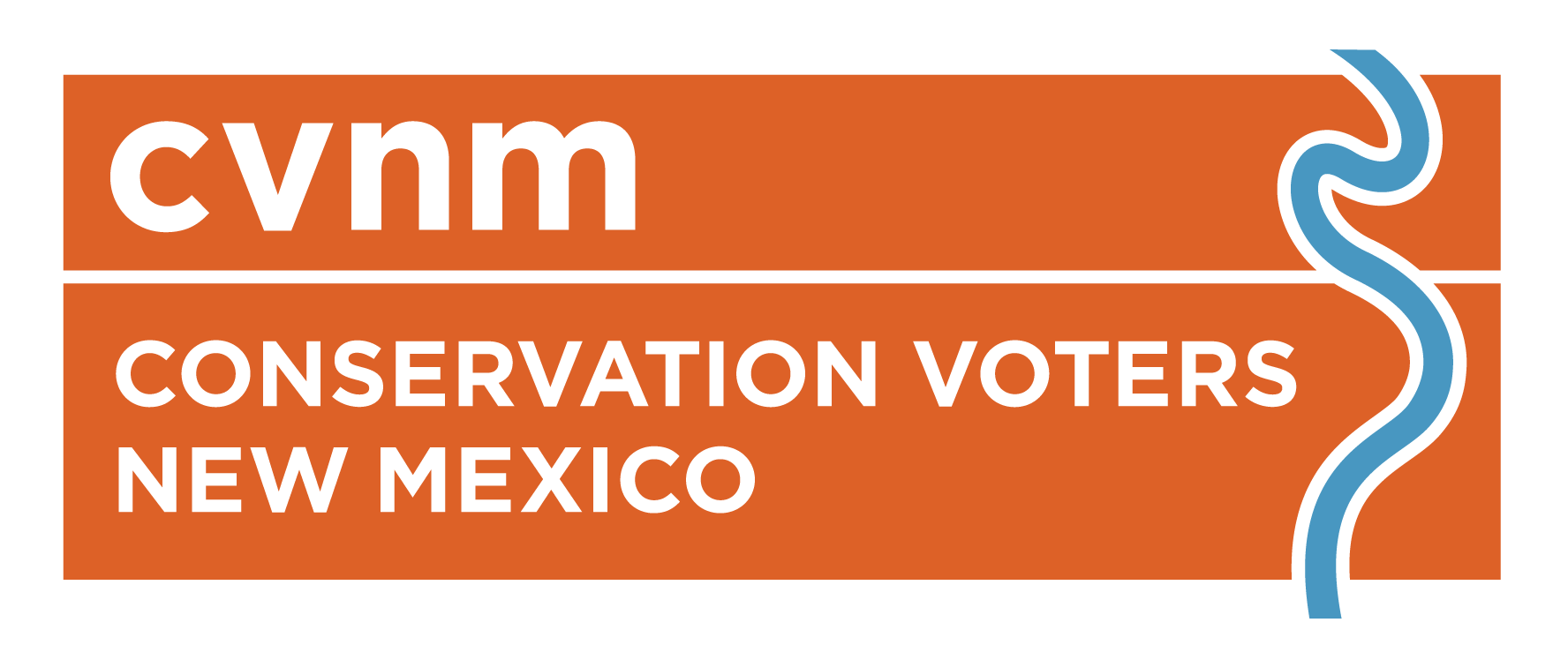By Andrew Oxford | Santa Fe New Mexican
A leaked Interior Department memo on the future of several major national monuments around the country surprised observers with what it did not say.
The memo does not call for cutting the size of two national monuments in New Mexico that the administration of President Donald Trump has been reviewing.
Instead, it recommends somewhat vague but potentially sweeping changes in how the monuments are managed.
Conservationists and sportsmen, reading between the lines, worry the memo could lead to the Trump administration stripping protections from monuments and leaving the sites open to development without actually changing the boundaries.
“The whole premise seemed to be opening these lands up to oil and gas development and commercial logging,” Mark Allison, executive director of the New Mexico Wilderness Alliance, said shortly before a Monday night rally in Albuquerque supporting the monuments.
The Wall Street Journal and The Washington Post reported on the memo Sunday. The document is said to detail Interior Secretary Ryan Zinke’s recommendations to Trump on 10 particular monuments following a four-month review of about two dozen national monuments, including the Río Grande del Norte near Taos and the Organ Mountains-Desert Peaks near Las Cruces.
The memo calls for the president to shrink the size of four monuments, including Bears Ears National Monument in Utah.
The White House has declined to discuss the memo or formally release it to the public.
And the president has yet to take any actions on the monuments.
But even without recommending any cuts to the monuments in New Mexico, the memo unsettled advocates.
Under a section on traditional uses, the memo says: “It appears that certain monuments were designated to prevent economic activity such as grazing, mining and timber production rather than to protect specific objects.”
The memo then calls on the president to change the proclamations establishing the two monuments in New Mexico and the management plans for those sites “to protect objects and prioritize public access; infrastructure upgrades, repair and maintenance; traditional use; tribal cultural use and hunting and fishing rights.”
Advocates worry what that might mean.
“It is a relief to see that Secretary Zinke did not recommend changing the boundaries of either Organ Mountains-Desert Peaks or Rio Grande del Norte national monuments here in New Mexico. However, the report alludes to changes in the proclamations concerning the management of both monuments which are deeply troubling,” said Demis Foster, executive director or Conservation Voters New Mexico.
President Barack Obama established both the Rio Grande del Norte and the Organ Mountains-Desert Peaks. The monument near Taos covers 242,500 acres along the Rio Grande Gorge and has drawn widespread support from sportsmen, rafters, conservationists and Taos Pueblo.
The Organ Mountains-Desert Peaks has proven somewhat more controversial with local ranchers, covering nearly a half-million acres from the jagged peaks that define the Las Cruces skyline and stretching across a swath of the Chihuahuan desert. But backers argue it protects a storied landscape while also ensuring access for ranchers.
The memo calls for giving tribes co-management of designated cultural areas around the monuments in New Mexico and for funding to maintain the sites.
The memo also calls for the federal government to assess border security in a section of the Organ Mountains-Desert Peaks.
But while the memo emphasizes the interests of ranchers, it does not address calls largely from the ranching community to cut the size of the Southern New Mexico monument. Many with grazing rights in the area worry monument status will create red tape around land where they earn a living.
U.S. Rep. Steve Pearce, a Republican from Hobbs, represents the area and has proposed that the national monument should have a much smaller footprint — about one-tenth its current size.
The memo’s leak seemed to leave much unresolved, and all eyes still on the president’s next move.
Contact Andrew Oxford at 986-3093 or aoxford@sfnewmexican.com. Follow him on Twitter at @andrewboxford.

